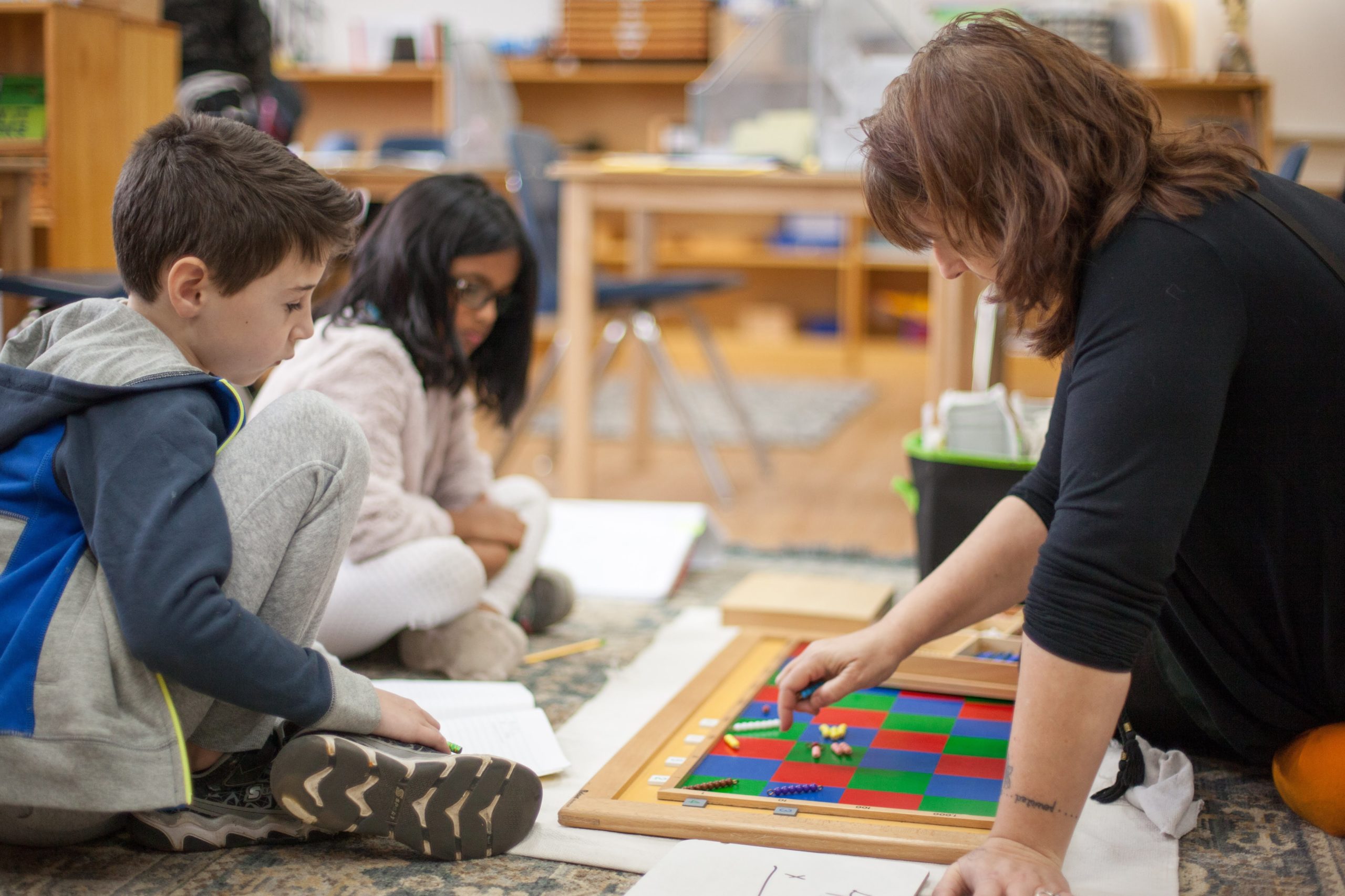Normalization to Build Self-Sufficiency and Self-Esteem

Normalization occurs in a classroom where children work seriously and consistently with materials and activities. When Dr. Montessori herself first observed this phenomena in her classroom in San Lorenzo she was surprised. What she was observing was counter to the view society held of young children. It is still not a view of young children that is widely held.
Most people do not think of three year olds as people who are yearning to concentrate deeply and dive head first into a work that will completely occupy them for several minutes. As children work devotedly to the task at hand their feeling of accomplishment also inspires them to contribute further to the classroom community. The children take on greater responsibility for one another and the physical space.
It isn’t just the children working calmly for periods of time that are the hallmarks of normalization. It is also the satisfaction that the work provides for the child that creates a calm, relaxed contentment. When a child feels satisfied with himself he is also more compassionate with others.This impact on the relationships between the children in the classroom also impacts the feel of the class environment. The result is peaceful with a hum of quiet activity.
It is sometimes controversial that Montessori asserted that children prefer work over play. But in this there is no equivocation. In Montessori education we believe that children become normalized through work. Montessori said, “The child’s aptitude for work represents a vital instinct, and it is by work that the child organizes his personality.”
The teacher must carefully organize the class to facilitate the work of the children, because it is through this work that they will meet their individual potentials and fulfill their part of normalizing the class. It is easy to be fooled by the work of the teacher. When observing a class she can be seen moving around the room, providing lessons in small groups, large groups and to the individual. She is redirecting and providing guidance. She is updating the materials on the shelf and maintaining the prepared environment. She is stepping back to observe and to record the accomplishments and struggles of her students so that she may lend a hand when needed.
When watching the teacher undertake all these tasks it is easy to believe that these are her primary responsibilities and that she is the center of the classroom, but that would be incorrect as any Montessorian would be quick to explain.
The focus of the classroom is the child working with the materials. The focus is creating an environment where this concentrated work can flourish.
Previous



